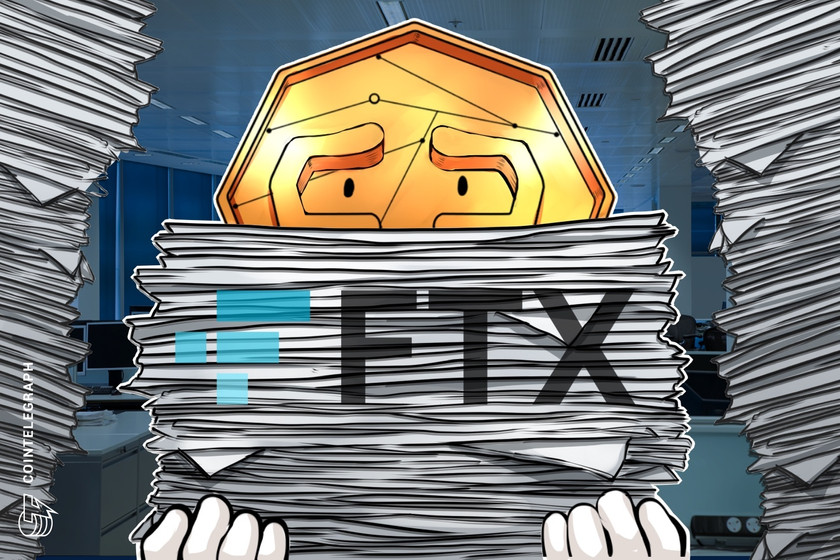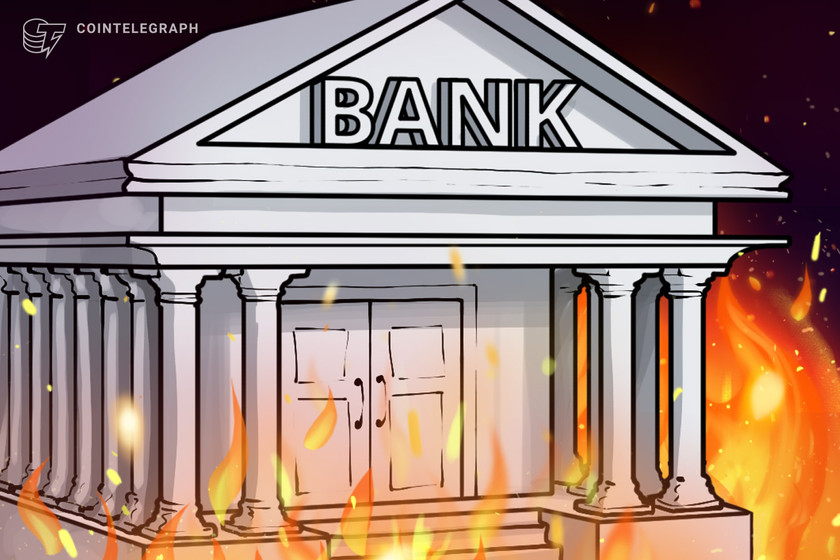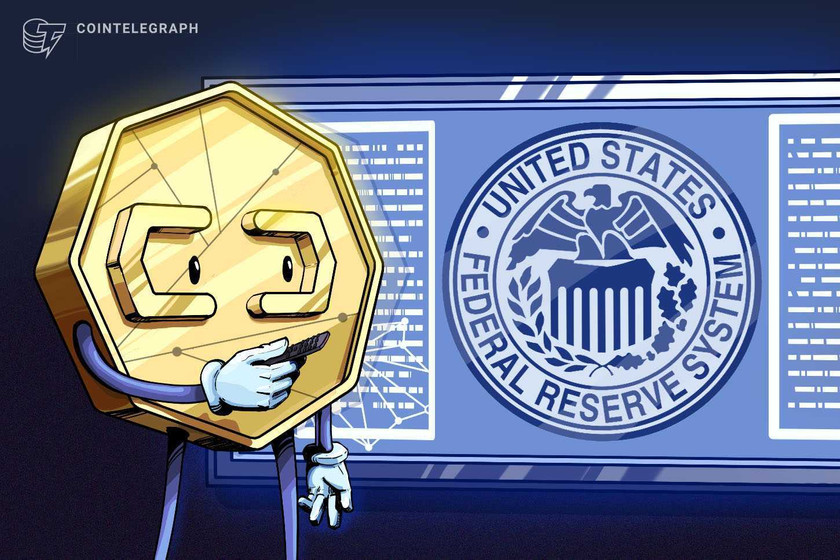More than 186 US banks well-positioned for collapse, SVB analysis reveals


Rising interest rates, which brought down the U.S. banking system’s asset market value by $2 trillion, combined with a large share of uninsured deposits at some U.S. banks, threaten banks’ stability.
The perfect mix of losses, uninsured leverage and an extensive loan portfolio, among other factors, resulted in the fall of Silicon Valley Bank (SVB). Comparing SVB’s situation with other players revealed that nearly 190 banks operating in the United States are potentially at risk of a run.
While SVB’s collapse came as a reminder of the fragility of the traditional financial system, a recent analysis by economists showed that a large number of banks are at risk from uninsured deposit withdrawals. It read:
“Even if only half of uninsured depositors decide to withdraw, almost 190 banks are at a potential risk of impairment to insured depositors, with potentially $300 billion of insured deposits at risk.”
Monetary policies penned down by central banks can hurt long-term assets such as government bonds and mortgages, creating losses for banks. The report explains that a bank is considered insolvent if the mark-to-market value of its assets — once uninsured depositors are paid — is insufficient to repay all insured deposits.


The data in the above graph represents the assets based on bank call reports as of Q1, 2022. Banks in the top right corner, alongside SVB (with assets of $218 billion), have the most severe asset losses and the largest percentage of uninsured deposits to mark-to-market assets.
The recent rise in interest rates, which brought down the U.S. banking system’s asset market value by $2 trillion, combined with a large share of uninsured deposits at some U.S. banks, threatens banks’ stability.
“Recent declines in bank asset values significantly increased the fragility of the US banking system to uninsured depositors runs,” the study concluded.
Related: Breaking: SVB Financial Group files for Chapter 11 bankruptcy
As the federal government steps in to protect the depositors of SVB and Signature Bank, President Joe Biden assured no impact on taxpaying citizens.
Thanks to actions we’ve taken over the past few days to protect depositors from Silicon Valley and Signature Banks, Americans can have confidence that our system is safe.
People’s deposits will be there when they need them – at no cost to the taxpayer.
— President Biden (@POTUS) March 13, 2023
However, one user pointed out to Biden on Twitter that “everything you do or touch costs the taxpayer!”



























